Windsor museum gets funds to renovate, expand STEM programs
| Published: 04-07-2023 7:39 PM |
WINDSOR — The American Precision Museum has received an infusion of funds that will allow it to expand its footprint and STEM education programs.
A $600,000 grant from the Farley Family Charitable Foundation will help the Windsor-based museum located in the historic Robbins & Lawrence Armory on Main Street that was founded in 1966 to preserve the history of the region’s machine tool industry and precision manufacturing. Over the years, it has evolved to include more education programs alongside its original mission. Now, the museum is looking to strengthen its programs for students, with a particular focus on children in grades fourth to sixth. A $500,000 grant from Vermont’s Community Recovery and Revitalization Program will go toward renovating the museum’s second floor to include spaces devoted to conferences, workshops and other educational opportunities for people of all ages.
“We’re very focused on inspiring the next generation of manufacturers and engineers,” Co-Executive Director Steve Dalessio said in a phone interview last month. “We know from studies that that age group (children in grades 4-6) is when kids start identifying with what they want to do in their careers in a very small way.”
The renovation project builds on a decision the board made to transform, in part, by broadening its education programs, making the museum space itself more accessible and working with businesses to bolster careers in STEM and manufacturing, said Brooke Herndon, who started as the museum’s co-executive director a little over a month ago.
The renovation is expected to cost around $3.1 million. Between grants and private donations, the museum has raised about $2.2 million, leaving around $900,000 that staff are working to raise through fundraising efforts. The goal is to start renovations within the next year. No Windsor taxpayer dollars will be used to fund it.
In some ways, the renovation is part of a larger national trend to strengthen the manufacturing industry and job training programs.
Among the businesses that the American Precision Museum has worked with is Hypertherm Associates and its HOPE Foundation, which promotes STEM education, according to Kristen Thane Clark, director of communications at Hypertherm.
“These STEM programs help strengthen the manufacturing community by offering opportunities for students to explore STEM fields without any commitment,” she wrote in an email. “Hypertherm Associates and the HOPE Foundation have provided funding and volunteers for projects based on requests from the American Precision Museum, and we welcome these opportunities in the future.”
Article continues after...
Yesterday's Most Read Articles
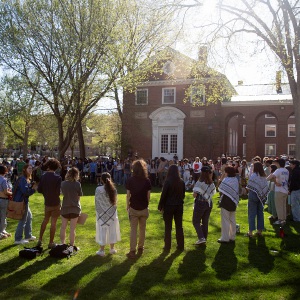 Dartmouth administration faces fierce criticism over protest arrests
Dartmouth administration faces fierce criticism over protest arrests
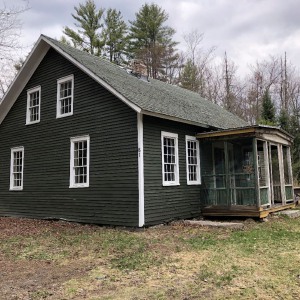 Hanover house added to New Hampshire Register of Historic Places
Hanover house added to New Hampshire Register of Historic Places
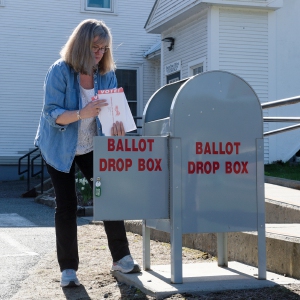 Sharon voters turn back proposal to renovate school
Sharon voters turn back proposal to renovate school
“I think what happened with the pandemic is manufacturing and producing, we realized we needed to do that in this country instead of having it done elsewhere,” Hendron said.
The overarching goal of the renovation is to “to preserve, to educate and to inspire,” she said. Staff want to preserve the history that is already there and teach visitors about how it still applies in today’s world, while inspiring the next generation of workers in the manufacturing industry, Herndon said.
The museum has already started working on increasing accessibility. A few years ago, a heating system was installed in the building’s first-floor exhibit space, which has allowed it to remain open year-round instead of seasonally.
“Having heat in the building has meant we’re able to offer ourselves as a field trip location much more easily than before,” Molly Holleran, education specialist, said in a phone interview along with Herndon. “April is very busy with field trips this year.”
Museum staff have already started expanding education programs by putting together activity kits created along with SparkShop, a Chicago-based STEM education nonprofit. Kit topics include experimenting with energy, measuring the world and achieving repeatability, “which is that concept of being able to create the same product over and over again so the consistency of the goods that are put out,” Holleran said. Future kits will include robotics and advance manufacturing activities.
The kits are available to STEM educators within a 90-minute drive of the museum. One of the goals is to teach children problem-solving skills and critical thinking. For example, kids might be tasked with building a catapult and have to go through the process of trail-and-error until they come up with the best design.
“Every kit ties to current roles and manufacturing so students see the concrete application to the different ways those concepts appear in manufacturing and invention,” Holleran said. “They see that manufacturing is more than just standing on a dirty shop floor running an old machine. It’s cutting-edge opportunities in new technologies and careers.”
Staff also are working on developing a more robust summer camp program. Once the second floor is renovated there will be more room for hands-on activities, continuing education programs for adults and teacher training workshops.
But there is a lot of work to be done before the museum can start expanding its programming. Currently, the second floor houses items the museum does not have room for in its first floor exhibit space and it is also where staff offices are.
Employees will look through those items and determine which will get moved to the museum’s third and fourth floors, which are also currently used as storage. Other items, such as tools, will be removed from the collection and be offered to other museums that might be a better fit.
“Sometimes we say ‘thank you, that doesn’t fit our mission’ sometimes we say ‘thank you, we’ll take it’ and we realize through further research it doesn’t fit our mission,” Hendron said.
Museum staff are currently working with architects to develop plans for the second floor. Since the building is a National Historic Landmark they need to make sure they are compliant with those standards.
“The objects themselves are very heavy so we have to make sure we keep the integrity of this old mill in place as well by reinforcing beams and floors,” Hendron said.
Liz Sauchelli can be reached at esauchelli@vnews.com or 603-727-3221.

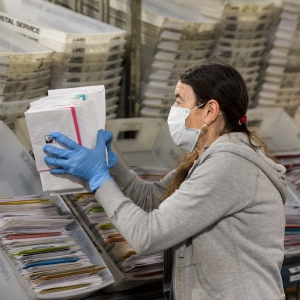 Plan on track to ship Upper Valley mail to Connecticut for sorting
Plan on track to ship Upper Valley mail to Connecticut for sorting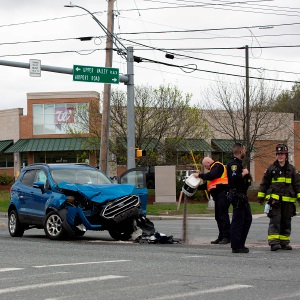 West Lebanon crash
West Lebanon crash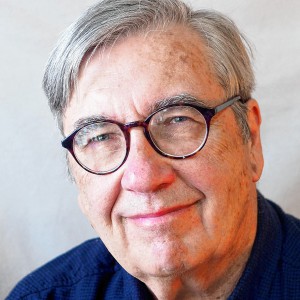 Over Easy: On bread, buttered popcorn and big sandwiches
Over Easy: On bread, buttered popcorn and big sandwiches
